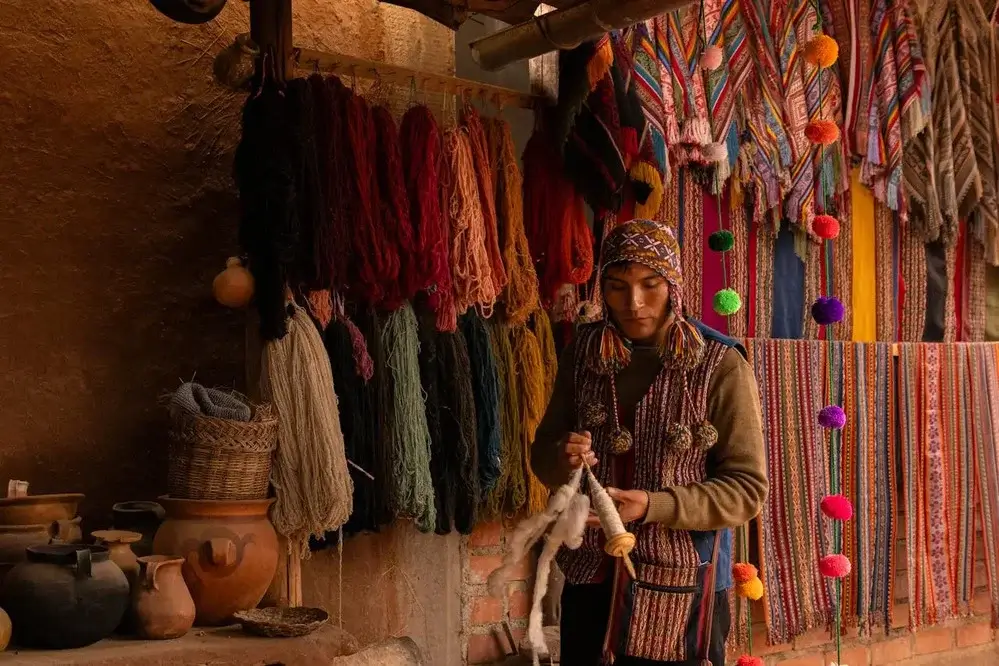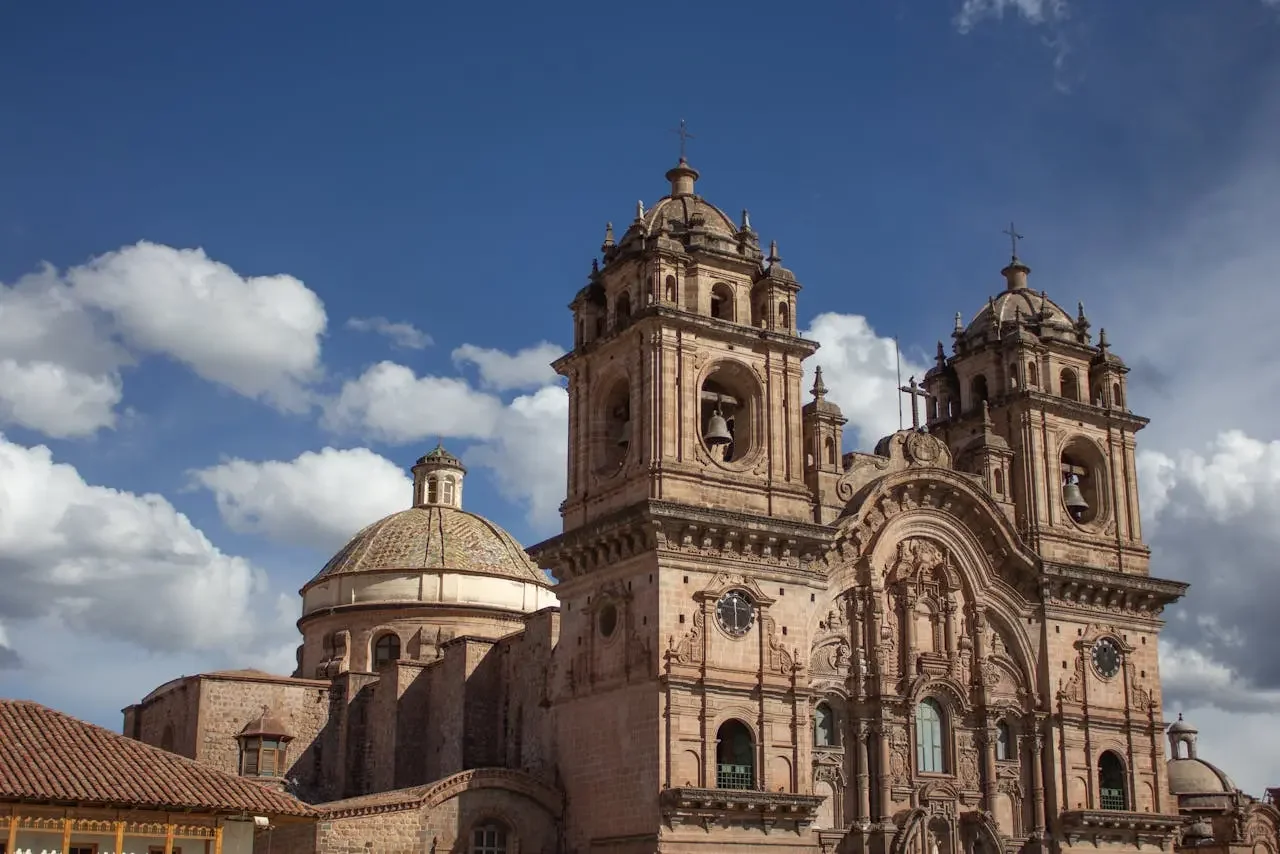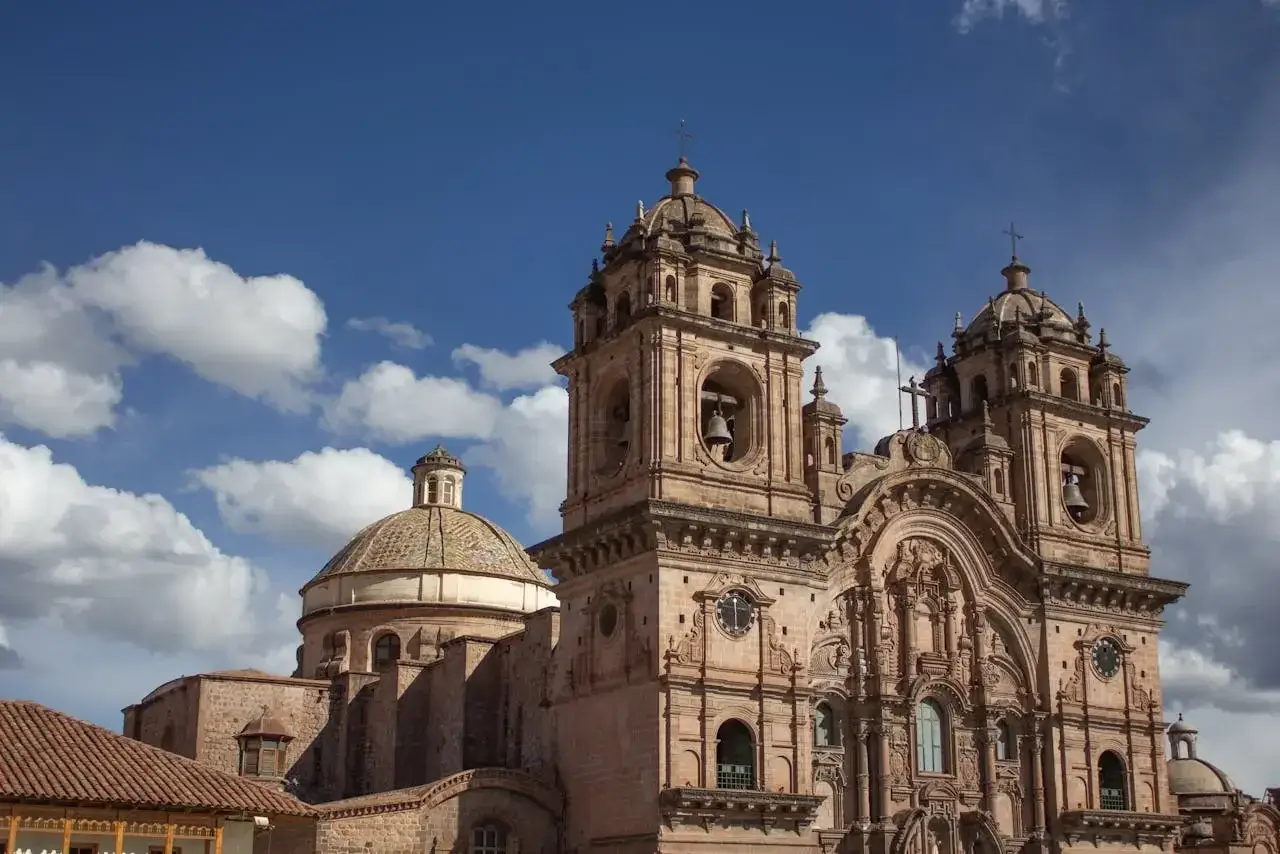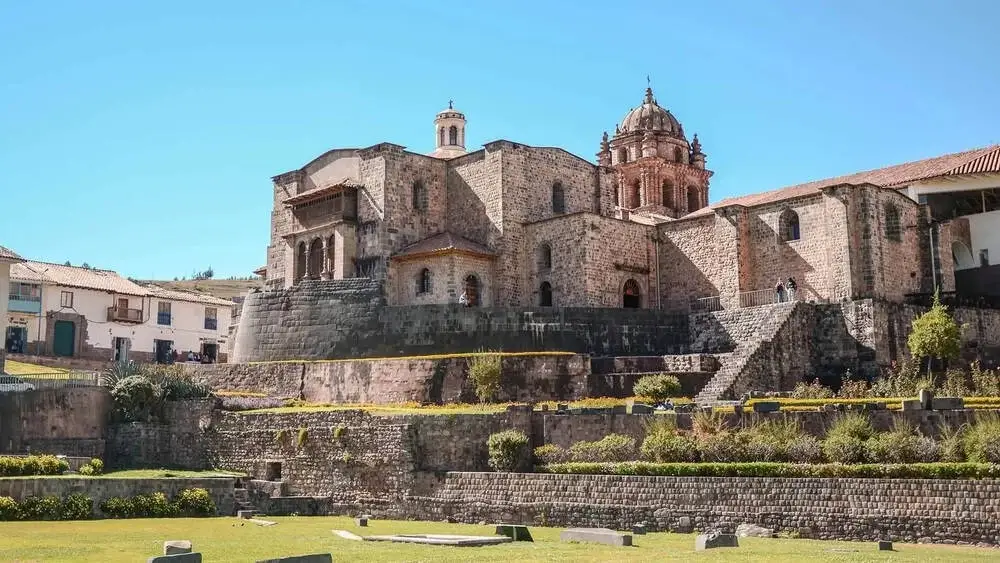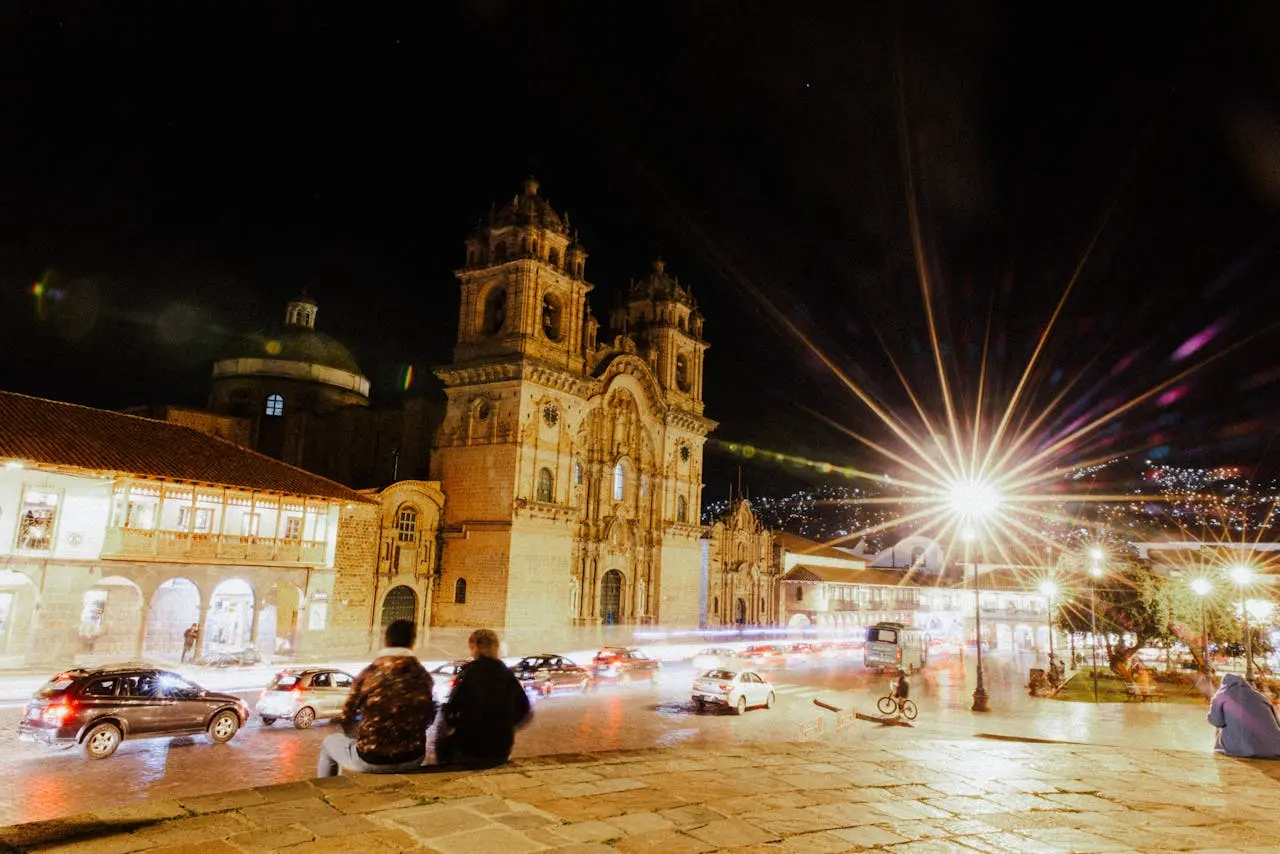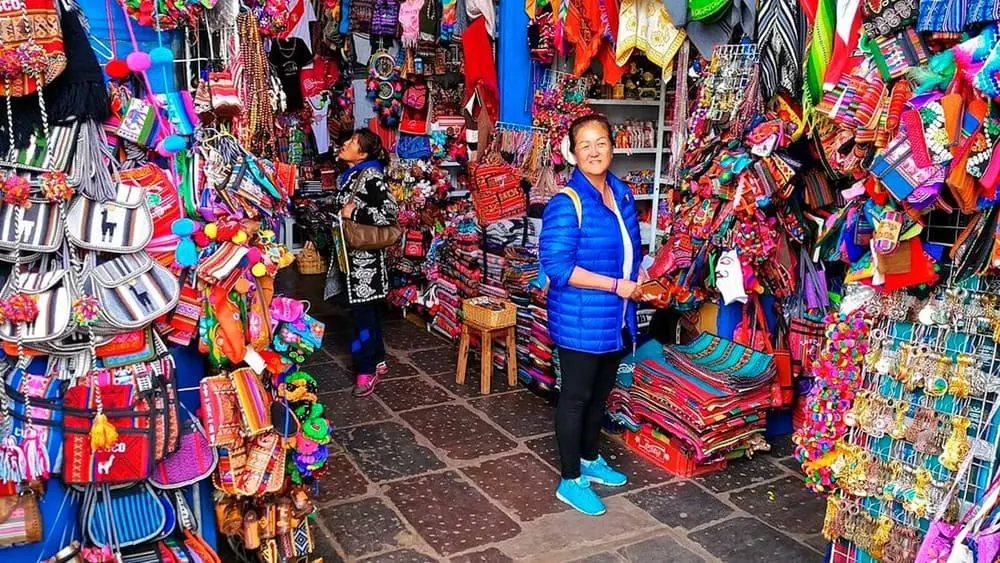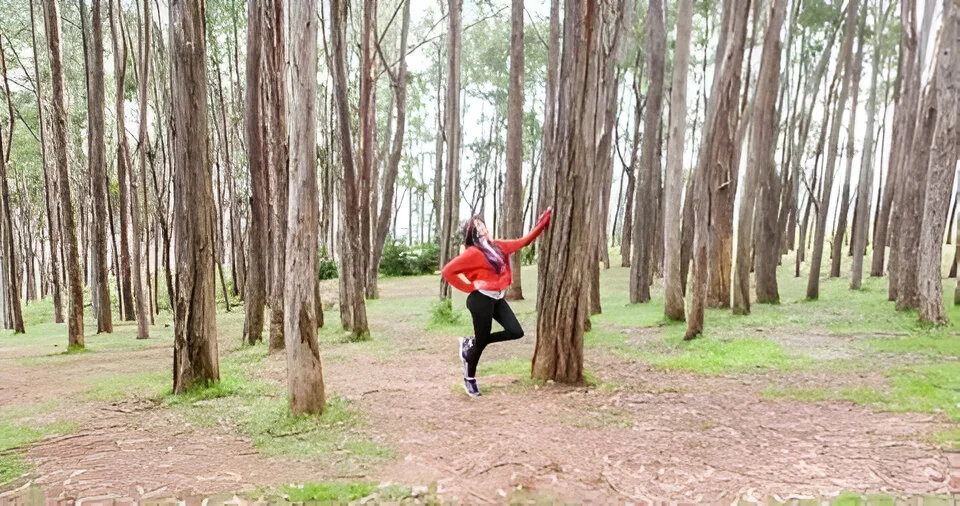The former capital city of the Incas, Cusco is the oldest continuously inhabited city in the Americas and a well-deserved UNESCO World Heritage Site. The ruins of the ancient Inca city became the foundation for the Spanish architecture you see today, and many of the stone walls that line the streets were built by the Incas.
While Cusco is the gateway to Machu Picchu and to various trekking routes in The Andes, the spectacular city has its own incredible attractions to visit and things to do on your Peru luxury tours in the imperial city.
The Plaza de Armas
Cusco’s Plaza de Armas is the cultural heartbeat of the city. Lining the plaza are restaurants, bars and coffee shops, many of which have balconies with great view of the city. This is the perfect place for spending an afternoon people-watching and acclimating to the high elevation of Cusco. At the heart of the plaza lies a well-kept garden and statue of the Inca Pachacuteq.
Though over flowing in culture and history, Cusco also has a modern twist which makes the entire city an eclectic fusion. In the midst of ancient Inca road, colonial architecture, and traditional customs, Cusco is a city with charming cafes, craft beer breweries, and a raving nightlife. Every day, there is something happening in Cusco, making it just as much a party city as it is a historic and sacred one.
The Cathedral
For those willing to stand up from the sun-soaked benches will appreciate a tour of Cusco’s impressive cathedral, complete with a visit into the crypts. The cathedral, a landmark of the Spanish conquest, houses a replica of Da Vinci’s Last Supper. in a uniquely Peruvian manner, it has a guinea pig (cuy) on one of the plates during the Last Supper. Amid the many splendors found in the Plaza de Armas, the impressive Cathedral is one of Cusco's finest architectural featuress.
Constructed in the 1550 with stones from nearby Sacsayhuaman, the baroque cathedral features opulent roofs and silver and gold altars. It is also home to an impressive collection of colonial art that blends Catholic traditions with indigenous folklore.
The Cathedral houses paintings believed to depict the earthquake that shook Cusco in 1650. And across the building, you'll find a famous crucifix called Señor de los Temblores (Lord of the Earthquakes) who is said to have prevented the 17th-century earthquake from destroying Cusco.
The Koricancha (Santo Domingo)
In its heyday, Inca the elite watched on as light bounced off 700 gold-plated walls and drenched the temple's altars and statues. Its splendor stretched from its glimmering exterior walls into its regal confines, where approximately 4,000 priests resided.
With gold gleaming from nearly every surface it's easy to see why the Spanish were amazed with the Korikancha's riches. After the conquistadors invaded Cusco in 1533 and looted all its gold, only the Inca's elaborate building remained.
Utilizing the Inca's masterful work as a foundation, the Spaniards began building their own churches and monuments on top of Inca foundations creating an eclectic blend of Inca and Spanish architecture. The Korikancha is located on the Plazoleta Santo Domingo, which sits just south of Plaza de Armas.
As part of the grounds, a small museum walks guests through the history of the temple. Make sure you visit on our luxury Peru tours.
La Compania de Jesus
This Jesuit church was built in the 16th century on Cusco´s Plaza de Armas. It was badly damaged by an earthquake in 1650 but was reconstructed and finished in the late 1660s. La Compania was the source of considerable controversy when it was built, because its grandeur threatened to surpass that of the cathedral in the same square.
The bishop of Cusco complained about the church's ornate design and the argument was given to Pope Paul III to arbitrate. La Compania's impressively designed Baroque façade still rivals the cathedral. It is particularly beautiful when illuminated in the evening. But even the ornate façade doesn't prepare you for the magnificent gold altarpiece inside decorated with statues.
La Compania is built on the foundations of the palace of Huayna Capac, the last ruler of the Inca Empire, whose rule extended over much of present-day Peru, Bolivia, Ecuador, Argentina, Chile, and part of Colombia. Make sure you visit on your Peru tour packages.
San Pedro Market
San Pedro Market is a sight to behold, filled with fruit, vegetable and meat stands, as well as 30 stalls serving freshly squeezed juices. A lack of refrigeration means products are displayed open-air, and the freshest items are sold first thing, so come early if you’re wanting to purchase the freshest items.
For lunch, the market hosts a number empanada and tamale vendors, as well as food stalls that serve a menu, which is a two-course meal at a very reasonable price. If you’re struggling with the altitude, pick up a bag of coca leaves here to chew, or make a delicious mate de coca.
Sacsaywaman
This ancient Inca fortress is characterized by exquisite stone masonry and stunning scenery vistas and is well worth a visit on your Cusco day trips. Much of this huge fortress was used as building materials for the Spanish, but what remains gives us an idea at how large this fortress once was. There is a lot to explore inside Sacsaywaman, from the giant stone walls to the carved stone benches that form the suspected Inca throne.
During your Cusco tour, you'll also notice three foundations where colossal towers once stood. Also, take a few moments to walk around the Esplanade, a parade platform where people still gather for Inti Raymi, the festival of the Sun. Sacsayhuaman is less than a mile from Plaza de Armas. Travelers can take the uphill walk or take a taxi to the site.
There are two clearly marked entrances. To hear the legend behind Sacsaywaman's fascinating stonework, join one of the guided tours you'll find near the entrance or travel with a reputable Peru tour Agency like Andean Travel Experience, for the best guided tours.
Qenqo
This small archaeological site compared to neighbouring Sacsaywaman, Qenqo is particularly fascinating and especially puzzling to historians, as its exact history is unknown. The entire complex was carved out of a single solid rock, including its underground chambers and intricate winding channels. These channels were intended to hold either water, blood from sacrifices, or chicha (corn beer) zigzag down through the site, although the exact purpose is not known.
Early accounts from Inca times describe the entire stone site of Qenqo was covered in a layer of gold. Two upright stones on the upper section appear to have been a "Intiwatana", structure, similar to the "Sundial" at Machu Picchu and used for astronomical purposes.
The Choco Museum
Chocoholics will love the Choco Museo! This haven of chocolate is free-to-visit and will teach you about the history and cultural importance of chocolate, from harvesting the cocoa plant to the final yummy product. Hands-on displays allow you to touch and smell the cacao beans, and the friendly staff are at hand to answer any questions.
If you want an even more in-depth chocolate experience, you can participate in their "bean to bar" workshop, which allows a hands-on experience of each step involved in the chocolate -making process.
You will sample chocolate beverages, and even take home your own chocolatey creations. You can also try your hand at more advanced chocolate-making skills in a delicious truffle-making workshop. For those who are enthralled with the origins of this tasty bean, the museum offers a two-day plantation tour that includes meals and a stay at the cacao farm.
This is a great opportunity to learn about cacao plantations as well as coffee and some local exotic fruits, as well as learn more about the everyday activities on a Peruvian farm.
- Read our blog Best Restaurants in Cusco.
Cusco is a city that combines ancient history, vibrant culture, and modern charm. Every part of Cusco has something unique to offer, from visiting awe-inspiring Inca architecture such as Sacsayhuamán and Qenqo to walking through vibrant markets like San Pedro.
Cusco is a place that delivers amazing experiences, whether you're admiring the artistry of the Cathedral, learning about chocolate at the Choco Museum, or taking in the vibrant ambiance of the Plaza de Armas.

